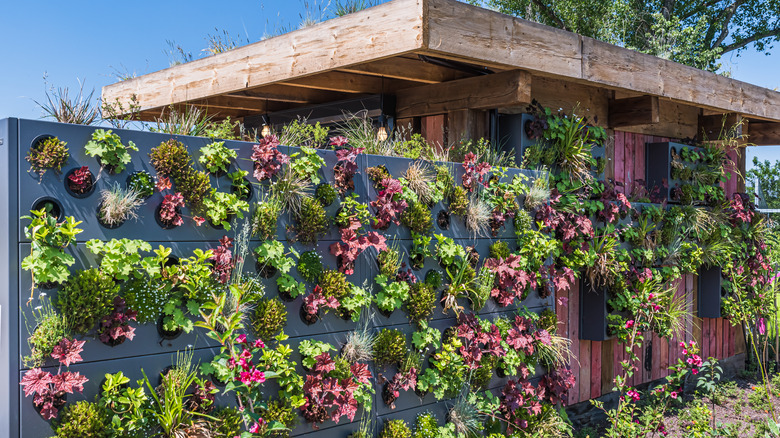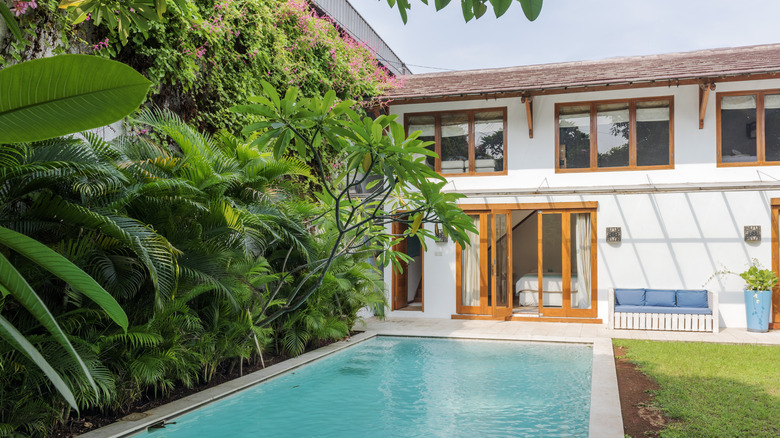How To Build A Stunning Plant Wall For Your Backyard
A plant wall, or living wall is a great way to express your creativity while enhancing your garden or outdoor space. It not only creates a dynamic contrast between the ground-level vegetation on your lawn and vertical greenery, but it can also transform a dull fence or wall into a lush, vibrant feature. Whether you're an experienced gardener or a beginner, building a plant wall can be a rewarding project. Here's a step-by-step guide to help you create a stunning plant wall that will thrive in your backyard.
Before you start building your plant wall, decide on the location — whether it's a backyard fence or patio wall. Ensure the spot receives the right amount of sunlight based on the plants you will use. For example, plants like lavender and succulents require full sun, while ferns and hostas thrive in partial shade.
Next, measure the area for your plant wall. The size will determine how many plants you'll need and what materials will work best. If you're creating a larger wall, opt for sturdy materials like a wooden frame or metal mesh, which can support the weight of numerous plants and larger containers. On the other hand, if you're creating a smaller wall, consider using lightweight materials such as a simple trellis or hanging plants to keep your project manageable. You can also purchase ready-made vertical garden kits, which come with pre-assembled frames and containers as well as mounting hardware like brackets making installation easier. They're a great option if you're short on time or prefer a hassle-free setup.
Preparing your plants for your wall
Selecting the right plants for your vertical garden is crucial. Think about the climate in your area, determine what hardiness zone you live in, and even reflect on your gardening style. If you're looking for minimal upkeep, consider succulents and ferns, which are pretty fuss-free. Alternatively, herbs like basil, thyme, rosemary or mint, are functional options for your culinary and even medicinal needs, while flowering plants like petunias or lobelia add pops of color. Vines and climbers such as jasmine or ivy can create a cascading effect, and long-lasting perennials like hostas provide a more permanent green feature.
After you've decided on and purchased your plant seeds or seedlings, it's time to start planting. Use well-draining potting soil in your containers to avoid waterlogging. Arrange your plants by height and sunlight needs, with those requiring more sunlight near the top, and those with smaller light needs at the bottom.
Once in their pots, secure your containers and planters carefully. This is the fun part. You can design your wall however you want. If you're incorporating climbers and vines, you can even use zip ties to keep them in check. You can place plants close together for a lush, full appearance, depending on their growing needs, or further apart for a more structured design.

